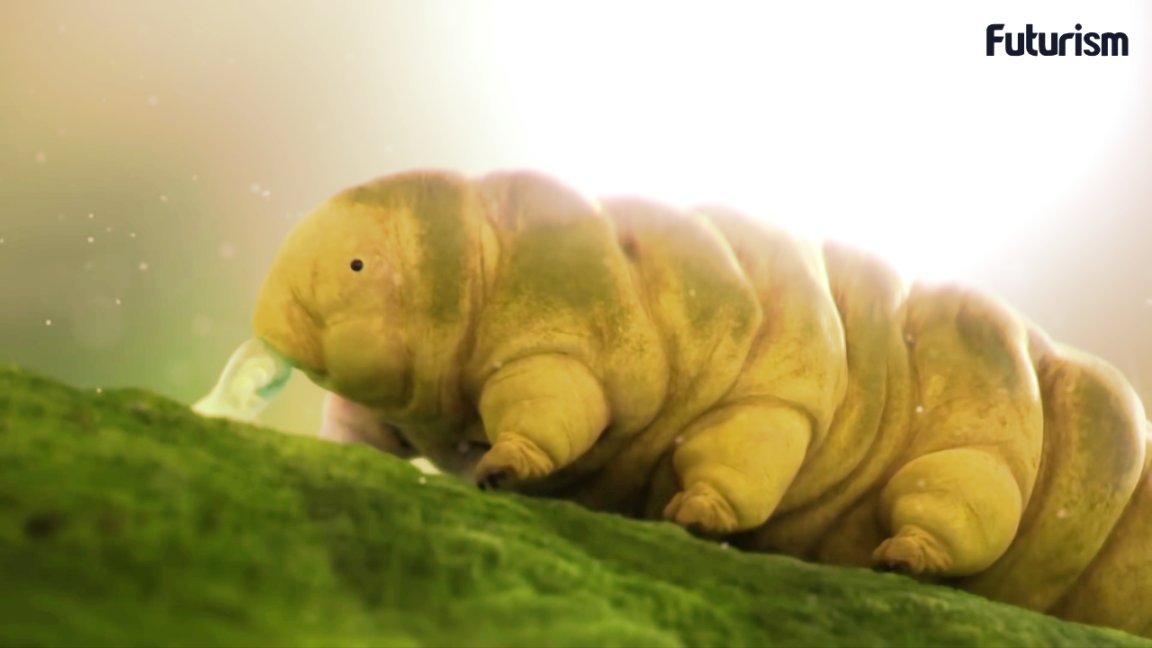
The Amazing Tardigrade
Tardigrades—also known as “moss piglets” and “water bears,” for their cute and cuddly, if eight-legged, appearance—are unquestionably some of the strangest organisms on Earth.
It’s not so much that their terrestrial habits are striking or unusual, but when exposed to extreme conditions or environments—including the vacuum of outer space—they exhibit an astonishing durability.
This is thanks to the tardigrade’s ability to enter a state called “cryptobiosis,” a dormant condition in which all life functions are suspended upon exposure to extreme environments, freezing, radiation, anoxic conditions, vacuum, etc.
That a eukaryotic metazoan should display the same kind of hardihood one would expect from primitive bacterial species has naturally made the tardigrade a fascinating target for genomic studies; and one report, released last year, seemed to hint at a reason of the animal’s remarkable abilities.
The study sequenced the genome of the tardigrade Hypsibius dujardini, and found that almost 17% of its genetic architecture was derived through “functional horizontal gene transfer” (fHGT), that is, the lateral absorption of genes directly from another organism.
Which seemed to offer a neat explanation for the tardigrade’s amazing abilities—it had “downloaded” new genetic properties directly from other bacteria, Archaeans, plants, and even fungi, rather than tediously evolving them itself. It was a kind of “genetic thief.”
Not So Foreign After All
But not so fast, says a new study published in the Proceedings of the National Academy of Sciences.
Another team has sequenced the genome of H. dujardini, and has been unable to replicate the previous findings. Rather, they show that the markers believed to indicate fHGT are instead merely artifacts—the result of undetected contaminants.
According to the paper, “[w]e conclude that fHGT into H. dujardini accounts for at most 1–2% of genes and that the proposal that one-sixth of tardigrade genes originate from functional HGT events is an artifact of undetected contamination.”
Which might be disappointing to some who had hoped the tardigrade genome would betray evidence of a strange and alien origin, but it actually points to more exciting possibilities.
Rather than the product of genetic thievery, the tardigrade’s abilities are the result of its own remarkable evolution—and that may make them easier to incorporate into the genomes of other organisms, perhaps even our own.